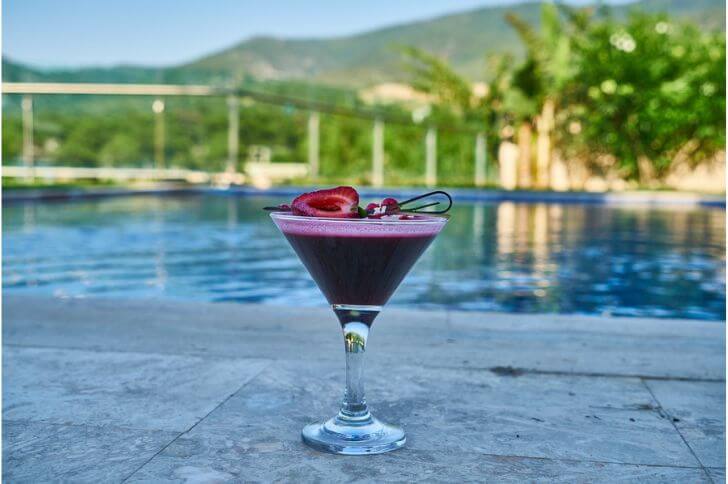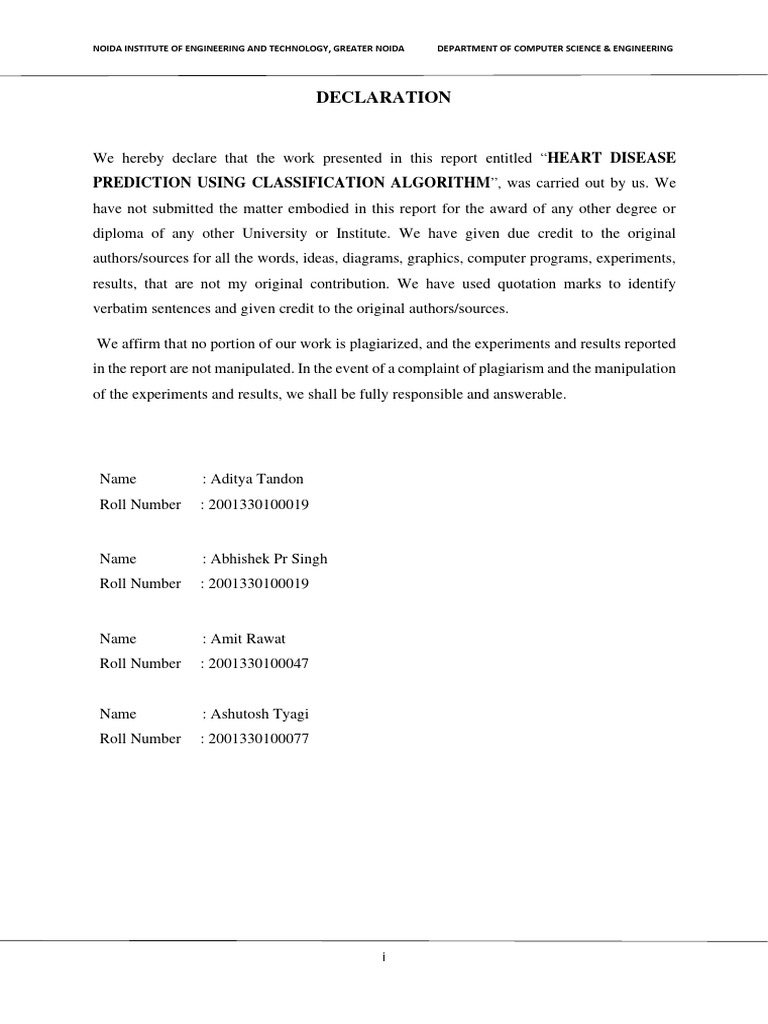The Ultimate Guide To C. Cassis Blackcurrant: Production, Taste, And Uses

Table of Contents
Understanding C. Cassis Blackcurrant Production
Cultivation and Growing Conditions
Cultivating high-quality C. Cassis blackcurrants requires careful attention to specific growing conditions. These demanding berries thrive in certain environments, impacting their yield and the intensity of their flavor.
- Soil pH: C. Cassis blackcurrants prefer slightly acidic soil with a pH range of 5.5 to 6.5. Well-drained soil is crucial to prevent root rot.
- Sunlight: These plants need ample sunlight, ideally at least 6-8 hours per day. Partial shade can be tolerated, but full sun leads to optimal fruit production.
- Frost Tolerance: While relatively hardy, young C. Cassis plants are susceptible to frost damage. Protecting them during late spring frosts is important for a successful harvest.
- Pests and Diseases: Common pests include aphids, spider mites, and birds. Diseases like anthracnose and powdery mildew can also affect the plants. Implementing integrated pest management strategies is essential for healthy growth.
- Sustainable Farming Practices: Many growers are adopting sustainable farming techniques, such as using organic fertilizers and minimizing pesticide use, to enhance the quality and environmental impact of C. Cassis blackcurrant production.
Regions known for optimal C. Cassis blackcurrant cultivation often boast cool climates with sufficient rainfall and well-drained soil.
Harvesting and Processing
The harvesting of C. Cassis blackcurrants is a crucial stage that directly impacts the final product's quality. Proper techniques ensure that the berries retain their flavor, color, and overall integrity.
- Harvest Timing: The optimal harvest time is when the berries are fully ripe, exhibiting a deep, dark color and a slightly soft texture. Premature harvesting leads to a tart, underdeveloped flavor.
- Harvesting Methods: Both mechanical and hand harvesting are employed, with hand-picking preferred for minimizing damage and ensuring the selection of only the ripest fruit.
- Post-Harvest Handling: After harvesting, the berries are carefully cleaned, sorted to remove any damaged or underripe fruit, and then processed. Freezing is a common preservation method to lock in the intense flavor and color. Other methods include making jams and juices.
- Freezing Techniques: Rapid freezing techniques, such as individual quick freezing (IQF), are often employed to maintain the quality and prevent the formation of ice crystals.
Timely harvesting is paramount; delaying the harvest can negatively impact the berries' flavor and texture, diminishing their overall quality.
The Unique Taste Profile of C. Cassis Blackcurrant
Sensory Characteristics
The sensory experience of C. Cassis blackcurrants is truly unique. Their intense aroma and flavor distinguish them from other blackcurrant varieties.
- Aroma and Flavor: The aroma is richly fruity, often described as intensely aromatic with hints of floral notes. The taste is a complex blend of sweet and tart notes, offering a deep, lingering intensity on the palate.
- Comparison to Other Blackcurrants: While possessing the characteristic blackcurrant tartness, C. Cassis stands out due to a higher concentration of aromatic compounds and a more pronounced sweetness that balances the acidity.
- Lingering Effect: The flavor of C. Cassis blackcurrants leaves a remarkable impression, with its intense notes lingering on the palate long after consumption.
Flavor Compounds and Nutritional Benefits
The distinctive taste of C. Cassis blackcurrants is attributed to a rich concentration of specific flavor compounds. These compounds also contribute to the significant nutritional benefits associated with this unique berry.
- Anthocyanins: These powerful antioxidants contribute to the deep dark color and are associated with a variety of health benefits, including improved cardiovascular health and anti-inflammatory properties. [Cite relevant scientific studies here]
- Other Compounds: Beyond anthocyanins, C. Cassis blackcurrants contain other beneficial compounds, adding to their nutritional profile and potential health benefits. Further research continues to uncover the full scope of their impact.
Culinary and Beverage Uses of C. Cassis Blackcurrant
Culinary Applications
The versatility of C. Cassis blackcurrants makes them a prized ingredient in a wide array of culinary applications, bringing a distinctive depth of flavor to both sweet and savory dishes.
- Jams and Jellies: The intense flavor makes exceptional jams and jellies, perfect for spreading on toast or pairing with cheese.
- Pies and Tarts: C. Cassis blackcurrants are a delicious filling for pies and tarts, providing a balance of sweetness and tartness.
- Sauces: Their rich flavor adds complexity to both sweet and savory sauces, complementing various meats and desserts.
- Desserts: From cakes and crumbles to mousses and ice creams, C. Cassis blackcurrants elevate the taste profile of a wide range of desserts.
Pairing suggestions include combining C. Cassis with other fruits like raspberries or strawberries, or using them in conjunction with cheeses like goat cheese or crème fraîche.
Beverage Applications
The intense flavor and aromatic complexity of C. Cassis blackcurrants shine in various beverage applications, adding a unique character to both classic and innovative drinks.
- Liqueurs: C. Cassis is a popular ingredient in high-quality liqueurs, providing a deep, complex flavor profile.
- Juices: The juice of C. Cassis blackcurrants can be enjoyed as a refreshing beverage or used as a base for other drinks.
- Wines: C. Cassis blackcurrants can be used to create unique and flavorful wines.
- Cocktails: Mixologists often incorporate C. Cassis into cocktails, using its distinctive tartness and sweetness to create interesting flavor combinations.
The unique character of C. Cassis is particularly well-suited to cocktails that need a balance of sweetness and tartness. Many classic recipes can be enhanced with the addition of C. Cassis for a unique touch.
Conclusion
This guide has explored the fascinating world of C. Cassis blackcurrants, from their cultivation and unique taste to their versatile applications in both culinary and beverage creations. Their intensely fruity flavor, coupled with remarkable versatility, sets them apart. The increasing popularity of C. Cassis highlights the growing appreciation for this exceptional berry.
Embark on a culinary adventure with C. Cassis blackcurrants – their unique taste and versatility will elevate your next culinary creation! Explore recipes, find C. Cassis products near you, or discover the joys of growing your own C. Cassis blackcurrants today!

Featured Posts
-
 Explorer La Loire Le Vignoble Et L Estuaire A Velo 5 Itineraires
May 22, 2025
Explorer La Loire Le Vignoble Et L Estuaire A Velo 5 Itineraires
May 22, 2025 -
 Liverpool Fc News Frimpong Transfer Update Agreement But No Contact Yet
May 22, 2025
Liverpool Fc News Frimpong Transfer Update Agreement But No Contact Yet
May 22, 2025 -
 Redditova Prica Postaje Film Sa Sydney Sweeney
May 22, 2025
Redditova Prica Postaje Film Sa Sydney Sweeney
May 22, 2025 -
 Conquete Parisienne Stephane La Voix De La Suisse
May 22, 2025
Conquete Parisienne Stephane La Voix De La Suisse
May 22, 2025 -
 Reducing Trade Barriers Switzerland And Chinas Dialogue On Tariffs
May 22, 2025
Reducing Trade Barriers Switzerland And Chinas Dialogue On Tariffs
May 22, 2025
Latest Posts
-
 Credit Kasa Finako Ukrfinzhitlo Atlana Credit Plus Analiz Lideriv Finansovogo Rinku Ukrayini Za 2024 Rik
May 22, 2025
Credit Kasa Finako Ukrfinzhitlo Atlana Credit Plus Analiz Lideriv Finansovogo Rinku Ukrayini Za 2024 Rik
May 22, 2025 -
 Analysis Of Ing Groups 2024 Annual Report Form 20 F
May 22, 2025
Analysis Of Ing Groups 2024 Annual Report Form 20 F
May 22, 2025 -
 Ings 2024 Annual Report Key Highlights From Form 20 F
May 22, 2025
Ings 2024 Annual Report Key Highlights From Form 20 F
May 22, 2025 -
 Ing Group Publishes 2024 Annual Report Form 20 F
May 22, 2025
Ing Group Publishes 2024 Annual Report Form 20 F
May 22, 2025 -
 Ing Group 2024 Annual Report Form 20 F Published
May 22, 2025
Ing Group 2024 Annual Report Form 20 F Published
May 22, 2025
